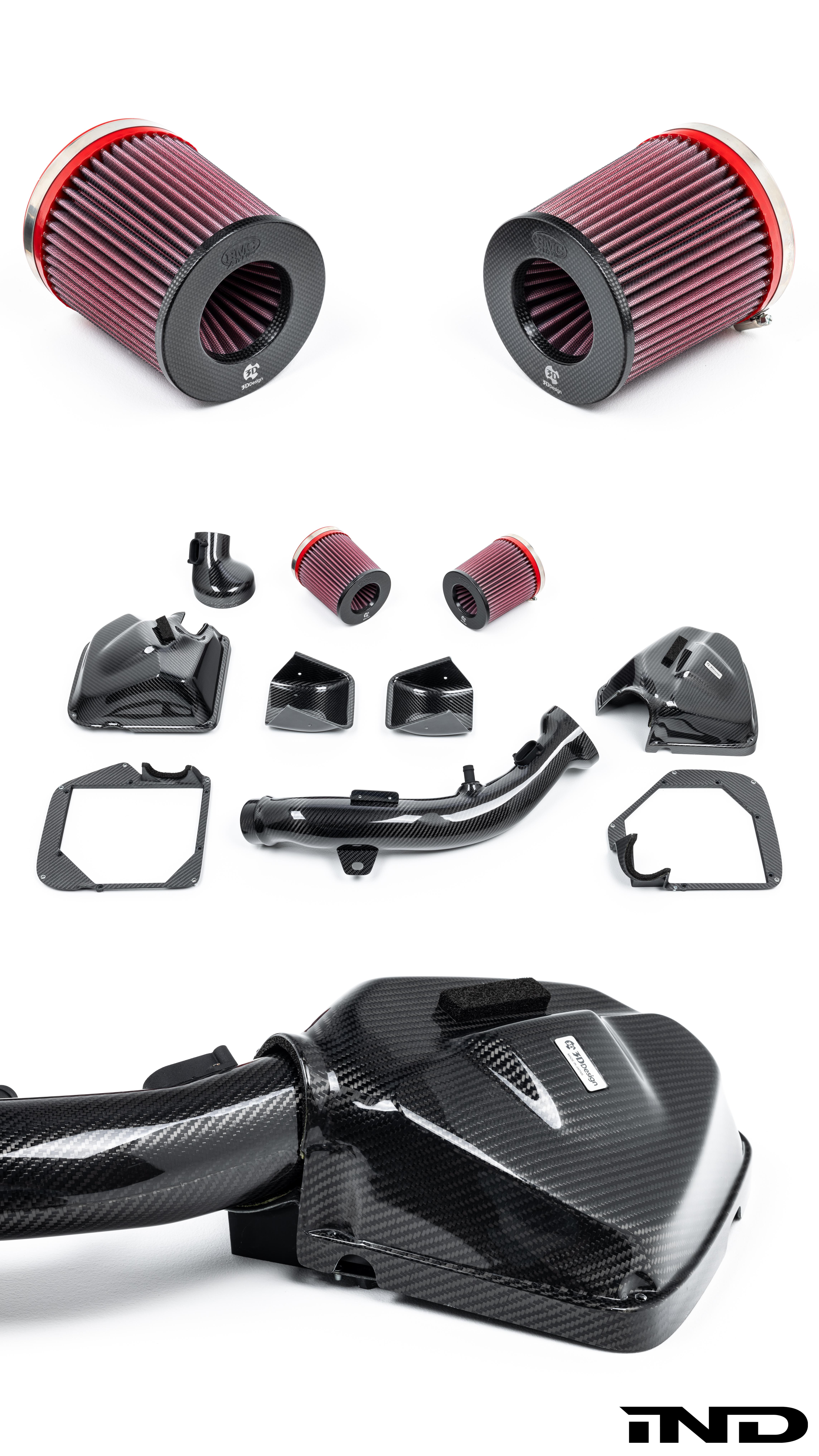In the quest for effective weight loss strategies, the role of dietary fiber often stands out as a key player in promoting satiety and facilitating healthy weight management. While many weight loss plans focus on calorie restriction and exercise, understanding the fundamental impact of fiber can provide a more sustainable and fulfilling approach to achieving weight loss goals. This article delves into the science behind fiber’s ability to enhance feelings of fullness, regulate appetite, and support overall digestive health. By exploring the different types of fiber and their unique benefits, we aim to equip you with the knowledge needed to harness the power of fiber for lasting weight management success. Whether you’re looking to shed a few pounds or maintain a healthy weight, integrating fiber-rich foods into your diet could be the transformative change you need.
Understanding Fibers Impact on Appetite Control
When it comes to managing hunger and maintaining a healthy weight, fiber plays a pivotal role. This nutrient, found in fruits, vegetables, grains, and legumes, acts as a natural appetite suppressant. As fiber moves through the digestive system, it absorbs water and expands, creating a feeling of fullness. This sensation, known as satiety, helps curb overeating and reduces the temptation to snack between meals. By incorporating more fiber-rich foods into your diet, you can harness this natural mechanism to support your weight loss journey.
- Soluble fiber forms a gel-like substance in the gut, slowing digestion and stabilizing blood sugar levels, which can help prevent sudden hunger pangs.
- Insoluble fiber adds bulk to the stool, promoting regular bowel movements and aiding in the efficient elimination of waste.
Moreover, fiber’s impact on appetite isn’t just about physical fullness. It also plays a role in hormonal regulation. Consuming fiber-rich foods can influence the production of hormones like ghrelin and leptin, which signal hunger and satiety to the brain. By modulating these hormones, fiber helps maintain a balanced appetite, making it easier to stick to a healthy eating plan. So, embracing a diet high in fiber not only supports digestive health but also empowers you to take control of your appetite and weight management efforts.
Incorporating High-Fiber Foods into Your Diet
Boosting your fiber intake is a strategic move for those aiming to shed pounds and maintain a sense of fullness. High-fiber foods are essential for weight management as they slow digestion, helping you feel satiated longer. This extended feeling of fullness can lead to reduced calorie intake throughout the day. To seamlessly incorporate more fiber into your meals, start by integrating a variety of plant-based foods. Consider adding a colorful medley of fruits, vegetables, and whole grains to your plate.
- Fruits: Opt for whole fruits like apples, berries, and pears instead of juices. The skin is where much of the fiber is found.
- Vegetables: Include a diverse array of vegetables such as carrots, broccoli, and leafy greens. Aim for at least half your plate to be filled with these fiber-rich options.
- Whole Grains: Replace refined grains with whole grain alternatives like quinoa, brown rice, and oats.
- Legumes: Beans, lentils, and chickpeas are not only high in fiber but also provide a great source of protein.
- Nuts and Seeds: Almonds, chia seeds, and flaxseeds can be added to salads, yogurts, or smoothies for an extra fiber boost.
Incorporating these fiber-rich foods doesn’t just aid in weight loss; it also contributes to overall digestive health and helps regulate blood sugar levels. By consciously selecting these foods, you can naturally enhance your diet and support your wellness journey with confidence.

Choosing the Right Types of Fiber for Optimal Weight Management
When aiming for effective weight management, understanding the different types of dietary fiber is crucial. Soluble fiber and insoluble fiber both play unique roles in promoting satiety and aiding weight loss, but knowing which to prioritize can optimize your dietary strategy. Soluble fiber, found in foods like oats, beans, and apples, dissolves in water to form a gel-like substance. This not only helps slow down digestion, keeping you fuller for longer, but also regulates blood sugar levels, which can prevent sudden hunger pangs. On the other hand, insoluble fiber, prevalent in whole grains, nuts, and vegetables, adds bulk to your stool and aids in maintaining regular bowel movements, which is essential for a healthy digestive system.
To incorporate these fibers effectively into your diet, consider the following tips:
- Start your day with a bowl of oatmeal topped with fresh fruits to pack in soluble fiber.
- Snack on raw veggies or a handful of nuts for a boost of insoluble fiber.
- Choose whole-grain bread and pasta to ensure a balanced intake of both fiber types.
- Experiment with legumes in soups and salads to increase your soluble fiber intake.
By diversifying your fiber sources, you not only support weight management but also promote overall health and wellness. With a strategic approach, you can harness the power of fiber to keep hunger at bay and maintain a healthy weight effortlessly.

Practical Tips for Boosting Your Fiber Intake
- Start Your Day with Whole Grains: Swap out refined cereals or white bread for whole grain options like oatmeal, whole wheat toast, or quinoa. These choices not only add fiber but also keep you feeling full longer.
- Snack on Fruits and Vegetables: Opt for fiber-rich fruits such as apples, pears, and berries, or crunchy vegetables like carrots and celery. Keep them washed and ready to grab for a quick, healthy snack.
- Incorporate Legumes into Meals: Add beans, lentils, or chickpeas to soups, salads, and stews. They’re an excellent source of fiber and protein, making them a filling addition to any meal.
- Choose High-Fiber Snacks: Instead of chips or cookies, reach for popcorn, nuts, or whole grain crackers. These snacks are satisfying and help meet your daily fiber goals.
- Experiment with Fiber Supplements: If meeting your fiber needs through food alone is challenging, consider adding a fiber supplement to your routine. Consult with a healthcare provider to find the best option for you.
Boosting your fiber intake doesn’t have to be daunting. By making small, intentional changes to your diet, you can significantly increase your fiber consumption and enjoy the benefits of improved satiety and weight management.
